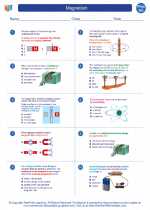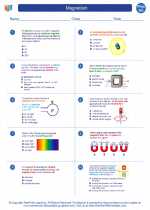Permian-Triassic Extinction Event
The Permian-Triassic extinction event, also known as the "Great Dying", was the most severe mass extinction in Earth's history, wiping out an estimated 96% of marine species and 70% of terrestrial vertebrate species. It occurred approximately 252 million years ago, marking the boundary between the Permian and Triassic periods.
Causes of the Extinction
There is still ongoing research and debate about the specific causes of the Permian-Triassic extinction event. However, several leading theories include:
- Volcanic Activity: The eruption of the Siberian Traps, a large igneous province in present-day Russia, is believed to have released massive amounts of greenhouse gases and aerosols into the atmosphere, leading to global warming and ocean acidification.
- Climate Change: The increased levels of greenhouse gases may have led to rapid and extreme climate fluctuations, disrupting ecosystems and causing widespread habitat loss.
- Oceanic Anoxia: The combination of volcanic activity and climate change may have led to widespread oceanic anoxia, depriving marine organisms of oxygen and causing mass die-offs.
- Impact Event: Some researchers propose that a large asteroid or comet impact could have contributed to the extinction event, although direct evidence for this remains limited.
Effects on Life
The Permian-Triassic extinction event had profound and long-lasting effects on the Earth's biosphere. It led to the collapse of ecosystems, the loss of dominant species, and the reshaping of evolutionary pathways. In the aftermath of the extinction, new groups of organisms emerged and gradually repopulated the planet, setting the stage for the rise of the dinosaurs and other iconic Mesozoic life forms.
Study Guide
To effectively study the Permian-Triassic extinction event, consider the following key points:
- Understand the geological and biological context of the Permian and Triassic periods, including the dominant species, climate conditions, and major evolutionary trends.
- Explore the leading theories and evidence for the causes of the extinction event, and critically evaluate the strengths and weaknesses of each hypothesis.
- Examine the impact of the extinction event on different groups of organisms, such as marine life, terrestrial vertebrates, and plant communities.
- Investigate the long-term consequences of the extinction event, including its role in shaping the subsequent evolution of life on Earth.
- Consider the parallels between the Permian-Triassic extinction and other mass extinction events in Earth's history, drawing connections and distinctions between them.
By engaging with these study guide points, students can develop a comprehensive understanding of the Permian-Triassic extinction event and its significance in the broader context of Earth's natural history.



